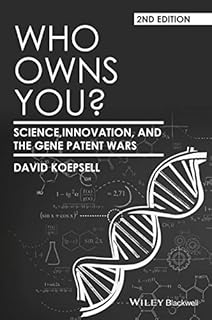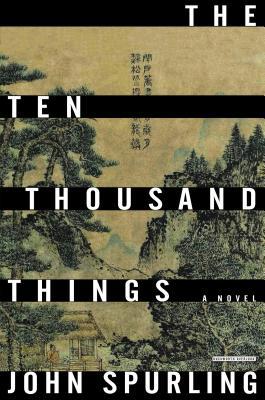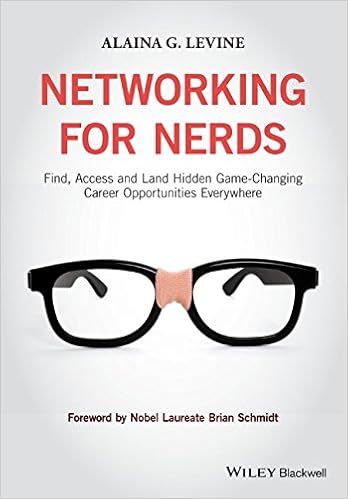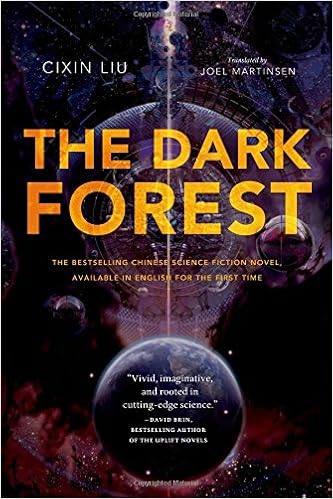There is a phrase "not to judge book by its cover". However, here for this book its meaning is completely reversed. I am sorry to admit but this is one of the most useless book I came across, though it has quite cool cover.
I am really interested to learn more about some of the legal reasoning behind the biggest patent law cases of the past few years that basically transform the landscape for biotech patenting.
Filled with numerous repetitive statements the book fails to even deliver the promise of its title. Only relatively useful part of the book is related to the actual description of Myriad case.
But the author never explained why even assuming in arguendo that third party, for example, some Bay area biotech company has a patent on blue eye gene, it somehow make them to own or control your blue eye gene?
The author has put in the title big words such as "science" or "innovation", but somehow failed to mention anything about them (except some 9th grade level intro about DNA organization).
I was expected that the author would explain why Chakrabarty decision had ballooned into gold rush for patenting naturally occurring genes. It seems that Myriad case wasn't a new decision but rather it re-established the original meaning of Chakrabarty decision written some 30 years earlier.
In addition, the author does not discuss the outlook for biotech patenting in the wake of Myriad case. For example, can one patent any naturally occurring, but newly discovered molecule with anti-viral or anti-microbial properties? Current patent law cases suggest that the answer is negative for this question. You have already guessed obviously that this book does not say anything about it.
posted by David Usharauli






